Sitting on a scuba diving boat in Pacific Harbour, Fiji, intently listening to the shark dive briefing, I am concerned about the following issues:
-
- I’m going to jump into the ocean over a reef where chum consisting of fish guts and blood has been leaking out of a container for several hours.
- Eight species of sharks inhabit or regularly visit these waters, and there could be as many as 100 individuals.
- Bull sharks, which I am guaranteed to see, can be 12 (or more) feet long. (Because of the magnifying effect of water, they will appear even bigger.)
- I am supposed to dive to a depth of 100 feet, where I will watch the dive masters hand out fish heads to the sharks.
- I will not be in a cage.
- My air consumption underwater has been on the heavy side this trip: What if I get so low that I have to leave the group and come up early?
- Bull shark have been known to, er, eat people.
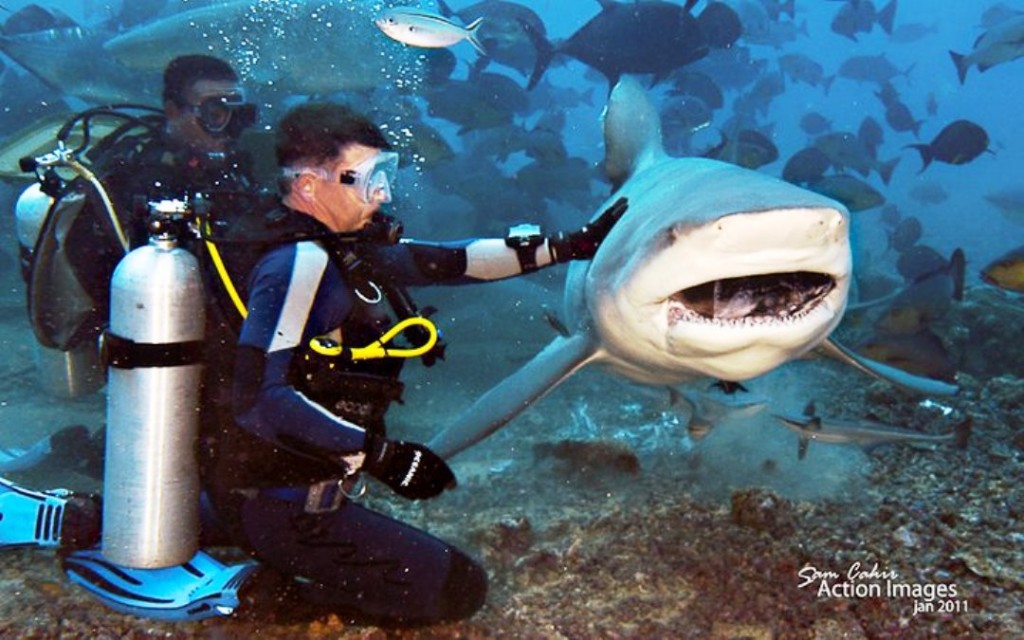
In Your Bucket Because….
- You just can’t resist the urge to get eye-to-tooth with some of the world’s most dangerous predators.
- You’re fascinated with coral reefs, marine ecology, and, of course, sharks.
- It’s a well-run program with a perfect safety record and a focus on environmental and community sustainability.
- Good for adventurers, divers, eco-tourists, and (even) families, assuming teens are certified to dive.
According to National Geographic’s “Animal Facts,” bull sharks are among the most dangerous sharks in the world. These solidly built, fierce-looking 12-footers are comfortable in populated coastal areas, and even venture into brackish and fresh water, which increases the chance of encounters with humans. Bulls are joined by their more famous cousins, great whites and tiger sharks, as the three species most likely to attack humans. Here at Pacific Harbour, I can expect to see a dozen or more bulls, some coming within inches of me and the other divers. There could also be a tiger shark; one with the reassuring name of “Scarface” frequents the reefs, as well.
Oh, and can I just say again: No divers’ cage.
Swimming with the Sharks
One by one we take our giant strides into the water, gather near the anchor line, and on a signal, descend to an 18-inch tall “wall” of coral rock. The idea is that we (and our fingers and cameras) stay behind the flimsy-looking wall, while the sharks stay in front of it.
We kneel behind the wall and deflate our buoyancy vests so we lie on the seafloor. When the divers (there are about 20 of us) are lined up, our dive masters swim into the so-called “arena,” hauling huge plastic garbage bins filled with fish heads and other goodies. The dive masters wear chain mail gloves and carry long metal poles with which they can poke any sharks that get too close or start behaving aggressively toward to the divers.
The dive masters hold out fish heads to the passing sharks, who swarm gracefully around and take their treats from the divers’ hands. There’s certainly a feeling of “feeding time at the zoo,” but it’s nothing you’d call a frenzy. Tawny nurse sharks swarm around the buckets, making a nuisance of themselves by trying to nose their way inside. The bigger bull sharks flicker lazily past, sometimes close enough to touch. One flicks her tail (it’s a “she;” the females are bigger than the males) and knocks a diver’s mask askew. We have plenty of time to look into the expressionless black eyes, admire the sharp triangular teeth.
Strangely, I feel no fear. In the two decades that shark diving has been offered in Pacific Harbour, there have been no injuries and no attacks, perhaps because food is abundant and the sharks prefer stinking fish heads to neoprene and metal-tanked divers. I’m willing to go with these statistics. But more than that, there is no sense that there is anything to be afraid of: The sharks appear peaceful and unconcerned, and act more like giant puppies, coming around for a look, grabbing a treat, then coming back again.
I can’t tell how many bull sharks there are: It seems like eight or ten are swirling around visible at any one time, but another eight or ten seem to be simultaneously disappearing into or reappearing from the surrounding ocean depths. And there are other sharks, too: tawny nurse sharks, lemon sharks, grays, silver tips. Later, on the second dive, we’ll see black-tipped and and white-tipped reef sharks, not to mention schools of thousands of trevalis and other fish, both big and small.
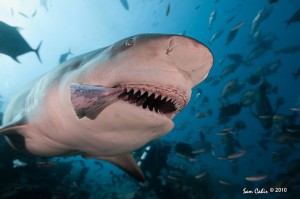
On some dives a tiger shark comes by, but not on this one. At around 14 feet long and with a reputation for fierceness, the tiger shark is the ultimate sighting here, but spring is not the season for it. (She was last see here heavily pregnant, in January). Our dive master says that when she comes around all the bulls give way, like at a bar, when the biggest, meanest guy in town strides through the door.
Choreography of a Shark Dive
Two dive operators, Aquatrek and Beqa Adventure Divers, offer shark dives in Pacific Harbour, and both are well-choreographed: On my first dive, with Beqa, we stayed at 30 meters for 17 minutes, ascended to 18 meters and stayed there for 15 minutes, then spent about 10 minutes at a 5 meter safety stop. Each dive has a similar choreography.
At each location, there was a designated area where we clustered together, and in front of us, a parade of sharks and fish swarmed back and forth: the bulls and lemon sharks deeper down, a variety of bulls, nurse, and silvertips at the midpoint, and black and white tips nearer the surface.
Conservation and Safety Issues in Fiji Shark Diving
When we return to the surface. I have a chance to talk with Michael Neumann, one of the owners of Beqa Adventure Divers.
“Did you feel any fear?” he asks me, and I answer no. He smiles broadly. “We want to show people these animals, let them see them and experience for themselves, so that they can understand them better and maybe help to conserve them.”
![34799_478145572442_556107442_6329946_4987401_n[1]](http://www.buckettripper.com/wp-content/uploads/2011/12/34799_478145572442_556107442_6329946_4987401_n1-300x200.jpg)
Indeed, shark and reef conservation are key components of the Pacific Harbour dives, which Neumann says have helped contribute to a healthier reef and have brought significant income to local communities. Both dive operations frequently consult with marine biologists and conservation experts on matters of safety and responsible tourism, and according to Neumann, the impact on the reef has been monitored and measured, showing consistent improvement in the number of species and the visible health of the coral.
Still, shark diving is controversial. Criticisms include the introduction of an unnatural food supply, creating aggressive behavior by clustered feeding, not to mention the dangers of habituating large and dangerous animals to humans. But at Pacific Harbour, an unsullied safety record, scientific study, the economic benefits to the local communities, and the measured positive ecological impact on the reefs point to a program that is well run and environmentally responsible, and certainly a lifetime highlight for shark-loving scuba divers.
Practicalities
Dives go to about 30 meters. Advanced certification is not required, but you might feel more comfortable with it. The dives are not strenuous so you won’t use that much air. If you’ve been thinking of buying an underwater camera, this would be a good time to take the plunge. Shark dives are not offered everyday, so check schedules before booking your stay.
This article is updated from a story that appeared in 2012.
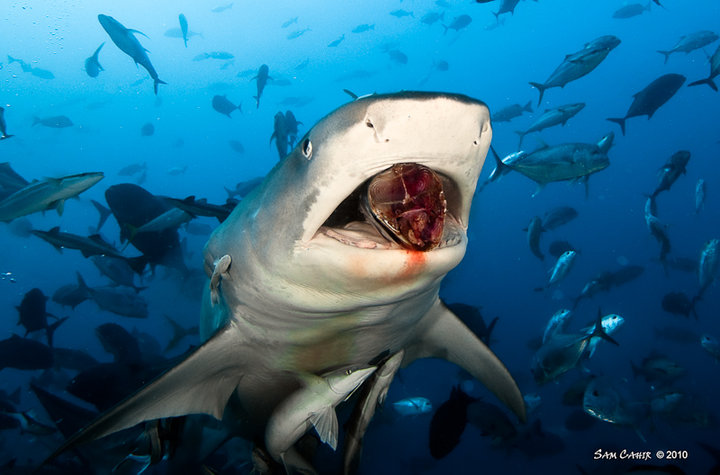
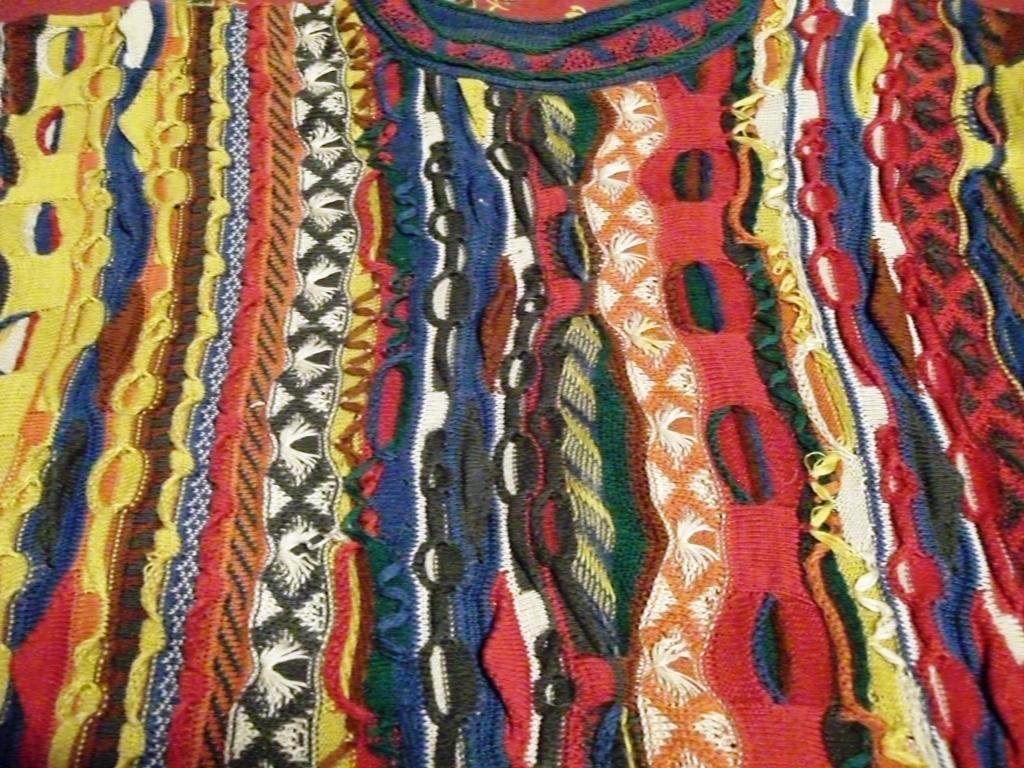
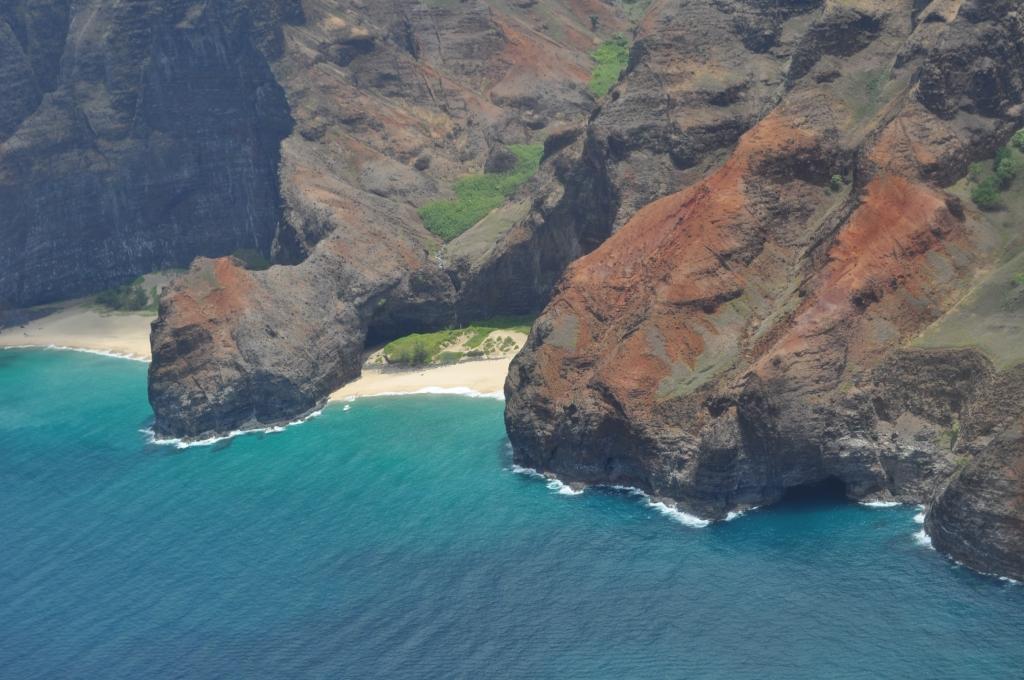

One thought on “Diving with Bull Sharks in Pacific Harbour, Fiji”
Comments are closed.